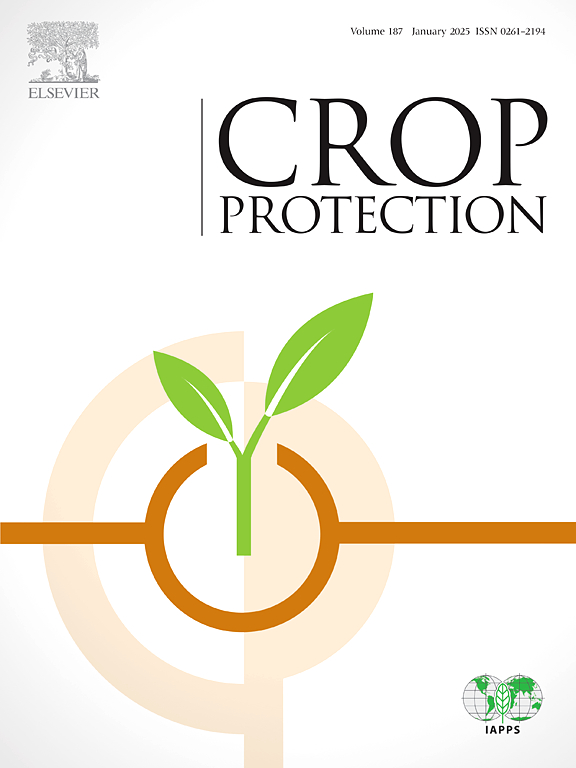First UASS drift curves for agroforestry scenarios in Spain
IF 2.5
2区 农林科学
Q1 AGRONOMY
引用次数: 0
Abstract
Unmanned aerial spraying systems (UASS) allow the agricultural sector to execute precision spraying of plant protection products (PPPs). However, scientific knowledge regarding the spray drift generated by these aerial spraying systems is needed to facilitate their integration into European agriculture. Currently, UASS spray drift models have not been developed. This study aims to characterize sedimenting spray drift curves for UASS in 3D crops and compare them with reference drift models used in the environmental risk assessment of PPPs in Europe under Regulation (EC) No 1107/2009. To accomplish this, drift trials were conducted in typical agroforestry scenarios in Spain, including super high-density olive orchards, grapevines, and pine tree plantations. UASSs generated more drift than the terrestrial reference drift models in grapevine trials. Conversely, in super high-density olive orchards, the drift generated by UASSs was significantly reduced compared to both terrestrial and aerial reference models. For pine trees, a reliable UASS sedimenting drift curve could not be established. UASSs present a promising tool for agricultural applications, though with certain limitations. The similarity in drift between UASSs and the aerial reference model in grapevines may result from a wider-than-necessary swath width. Future developments of UASS should consider implementing variable-width spraying to match the target plant size. In forestry crops, the high spraying altitude complicated the development of a reliable sedimenting drift curve under the conditions of this study. Further research is needed to optimize UASS use in various agricultural settings.

求助全文
约1分钟内获得全文
求助全文
来源期刊

Crop Protection
农林科学-农艺学
CiteScore
6.10
自引率
3.60%
发文量
200
审稿时长
29 days
期刊介绍:
The Editors of Crop Protection especially welcome papers describing an interdisciplinary approach showing how different control strategies can be integrated into practical pest management programs, covering high and low input agricultural systems worldwide. Crop Protection particularly emphasizes the practical aspects of control in the field and for protected crops, and includes work which may lead in the near future to more effective control. The journal does not duplicate the many existing excellent biological science journals, which deal mainly with the more fundamental aspects of plant pathology, applied zoology and weed science. Crop Protection covers all practical aspects of pest, disease and weed control, including the following topics:
-Abiotic damage-
Agronomic control methods-
Assessment of pest and disease damage-
Molecular methods for the detection and assessment of pests and diseases-
Biological control-
Biorational pesticides-
Control of animal pests of world crops-
Control of diseases of crop plants caused by microorganisms-
Control of weeds and integrated management-
Economic considerations-
Effects of plant growth regulators-
Environmental benefits of reduced pesticide use-
Environmental effects of pesticides-
Epidemiology of pests and diseases in relation to control-
GM Crops, and genetic engineering applications-
Importance and control of postharvest crop losses-
Integrated control-
Interrelationships and compatibility among different control strategies-
Invasive species as they relate to implications for crop protection-
Pesticide application methods-
Pest management-
Phytobiomes for pest and disease control-
Resistance management-
Sampling and monitoring schemes for diseases, nematodes, pests and weeds.
 求助内容:
求助内容: 应助结果提醒方式:
应助结果提醒方式:


